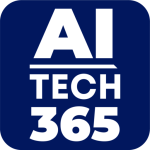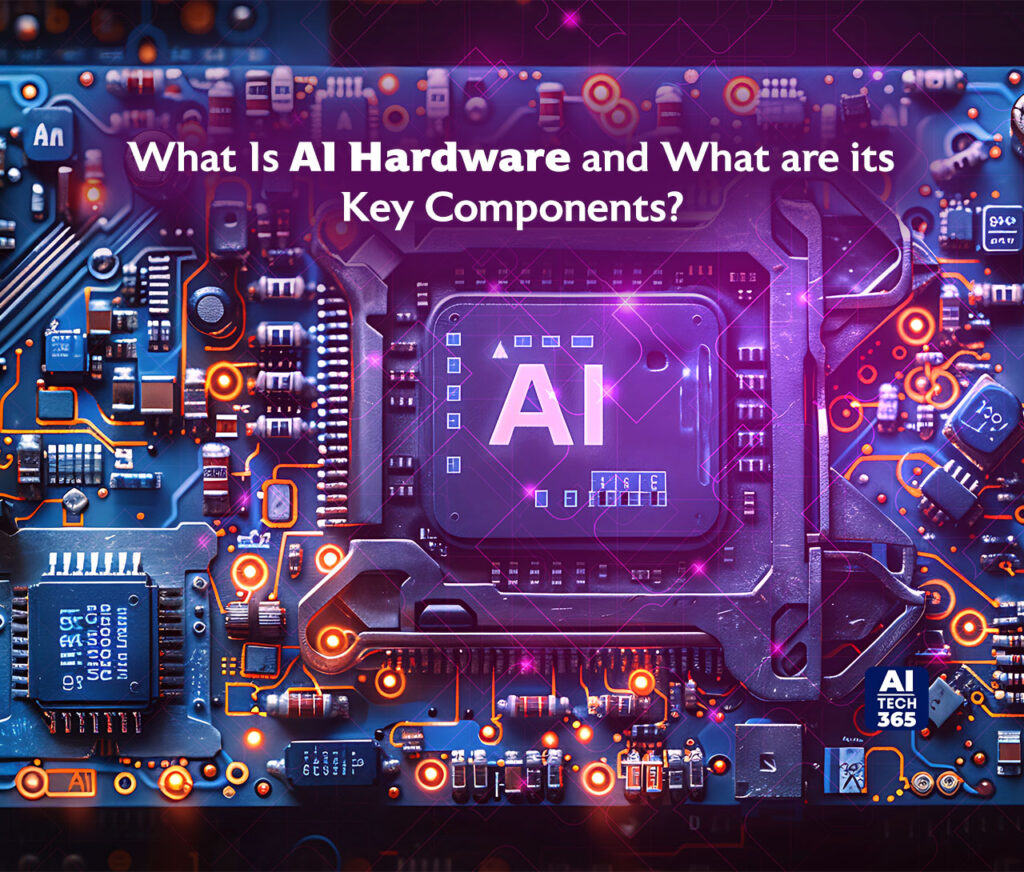Today, AI is everywhere. About 77% of devices use some form of AI. It is at the forefront of every innovation and all for the right reasons. This article explores the hardware components working silently behind the screen. The AI hardware market is expected to grow rapidly, with revenues projected to reach $234.6 billion by 2025 by 2025. Let’s understand more about this billion-dollar industry.
What is AI hardware?
Artificial intelligence (AI) hardware is specialized computer hardware that helps to run AI applications effectively. The main objective of these is to speed up AI processes, enhance efficiency, and use less energy.
Examples of AI hardware
Here are a few examples of AI hardware that you should know about:
- GPU: GPUs are often used in artificial intelligence systems to make them work faster and better. They’re perfect for training those complex artificial neurons.
- TPUs: These are Google’s incredibly smart artificial intelligence chips that speed up everything. These specialized tools are intended to accelerate artificial intelligence (AI) processes, particularly those that involve teaching computers to learn and comprehend complex networks.
- Neural Processing Units (NPUs): These unique computer chips are intended to support AI systems in their efforts to mimic human thought and learning. They are made to quickly and effectively handle the intricate computations needed for neural networks.
- Field-Programmable Gate Arrays (FPGAs): FPGAs are extremely flexible and versatile devices. They are easily adapted to work in various scenarios requiring complex tasks.
- Vision Processing Units (VPUs): VPUs are mainly designed hardware for computer vision duties. They make processing PC imaginative and prescient algorithms more efficient and are commonly utilized in facet computing gadgets.
- Quantum Hardware: Quantum hardware has the potential to completely revolutionize AI algorithms. It can simulate the behavior of molecules, which is incredibly helpful for things like drug discovery and predicting climate change.
These examples showcase the different types of AI hardware that are available and how they contribute to the advancement of artificial intelligence.
What Hardware Is Used In AI?
Let’s break down these key components in AI hardware and understand why they matter.
Processors
The processor, or the brain that performs all the computations, is the central component of AI hardware. Even if conventional CPUs have served their purpose, customized processors made especially for AI tasks are becoming more and more common due to the demands of AI.
GPUs
Originally created for graphics, GPUs found their true calling in AI as they can handle tasks that can be done in parallel. With thousands of smaller cores, GPUs are great at doing multiple operations at the same time, which is perfect for the parallel computations used in deep learning.
TPUs
They are tailored for tensor computations, the basic mathematics behind many artificial intelligence operations, and are specially made for machine learning with neural networks.
NPUs: Enhancing the Performance of Neural Networks
Neural processing units (NPUs) are specifically engineered for neural network computations, as their name implies. These chips are designed to increase productivity and speed up particular AI activities, particularly in image recognition and natural language processing.
By comprehending these essential elements, we can see how they advance artificial intelligence and help it achieve new heights.
Also Read: Quantum Computing: Are We on the Verge of a New Technological Era?
Memory and Storage
AI models, especially the big ones, can be quite hungry for data. That’s why it’s important to have strong memory and storage solutions that can keep up with the demands of the processor.
Why does fast memory matter?
When it comes to AI computations, rapid access memory (RAM) and cache play a crucial role. They give the processor quick access to data, less waiting, and smoother operations. The faster the memory, the faster an AI model can train and make inferences.
Storage options: SSDs and their importance in AI workloads. Solid-state drives (SSDs) have become the go-to choice for storage in AI hardware setups. Their faster read-write speeds compared to conventional Hard Disk Drives (HDDs) ensure that data-intensive AI workloads run smoothly and efficiently.
InterconnectsAI hardware isn’t just about processing and storage; how different components communicate is also critical. Interconnects ensure that data flows seamlessly between processors, memory, and storage. Efficient interconnects help reduce bottlenecks, ensuring that AI systems run smoothly without interruptions.
By combining system and user prompts, the goal is to optimize the assistant’s ability to refine the text into a more natural version while maintaining the original content’s intent and factual accuracy.
Future Outlook
New developments in edge computing, quantum computing, and sustainable design will define the AI hardware of the future. AI could undergo a revolution due to quantum computing, which can solve complicated calculations at speeds that are impossible for traditional computers. This would enable AI to solve training and optimization problems more quickly. Edge computing focuses on processing data on local devices. Additionally, this hardware also aligns with global sustainability goals, prioritizing energy-efficient designs that give top-tier performance without power.

